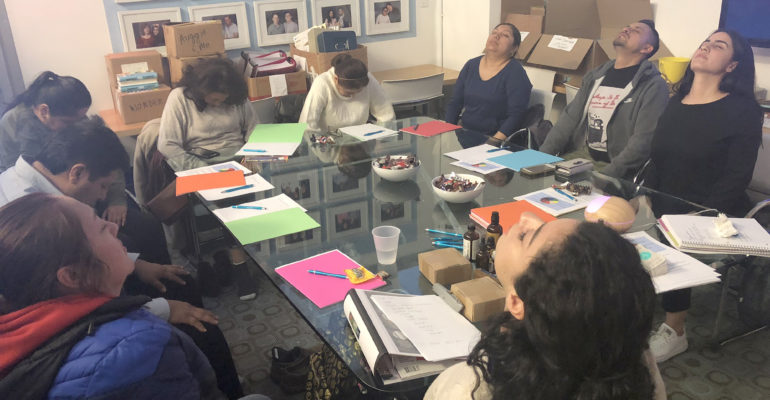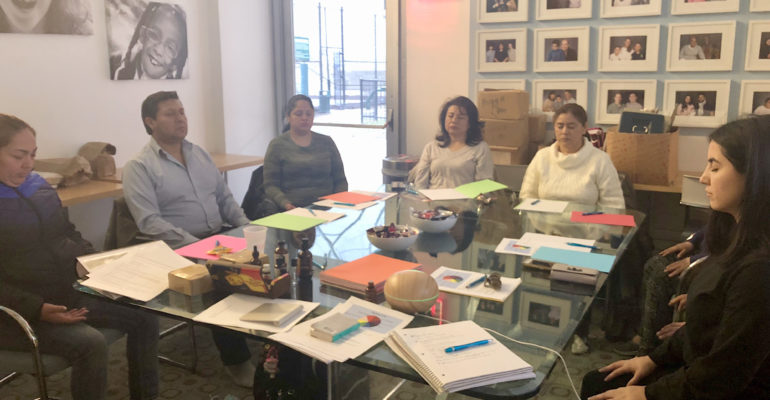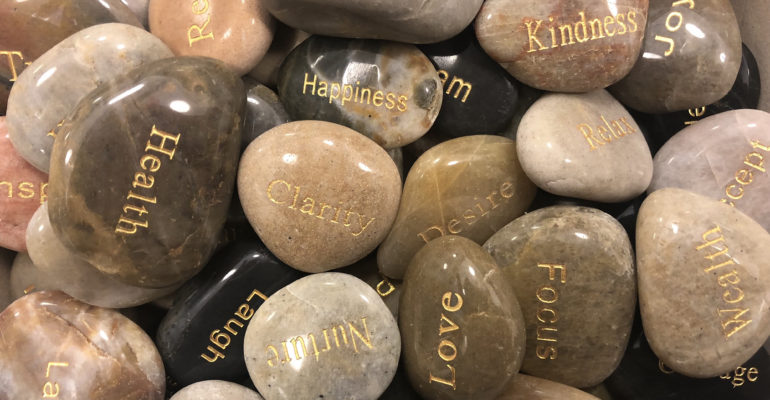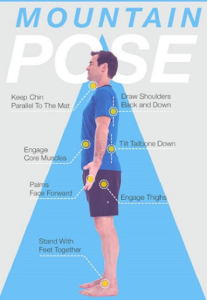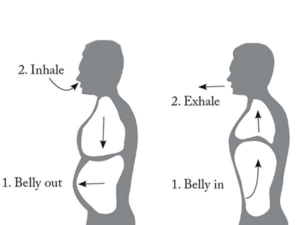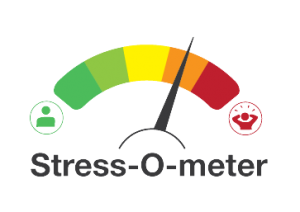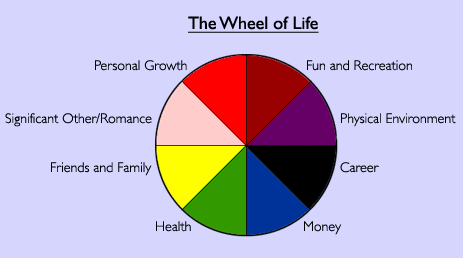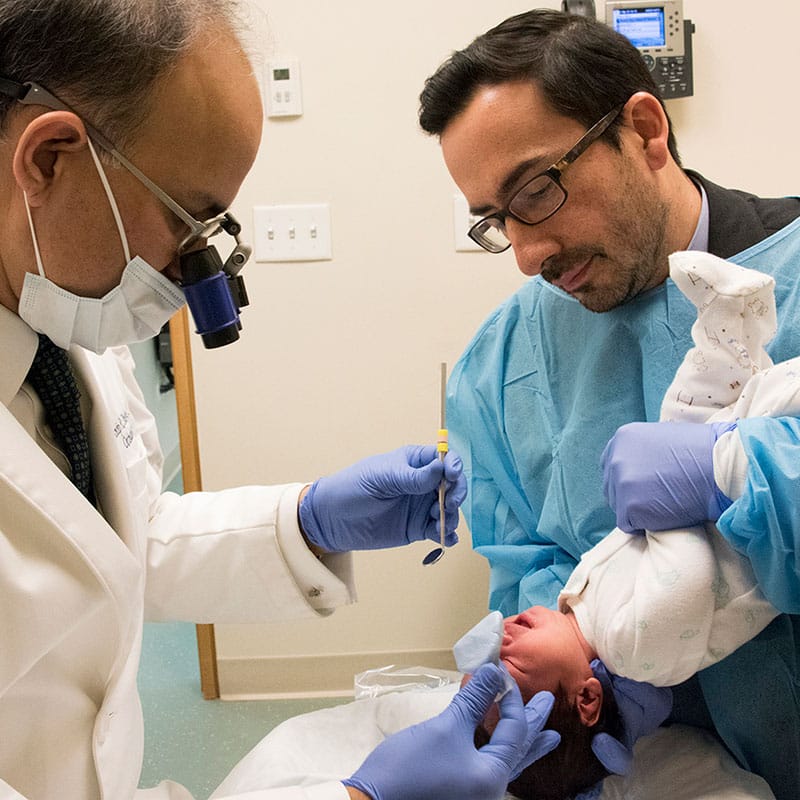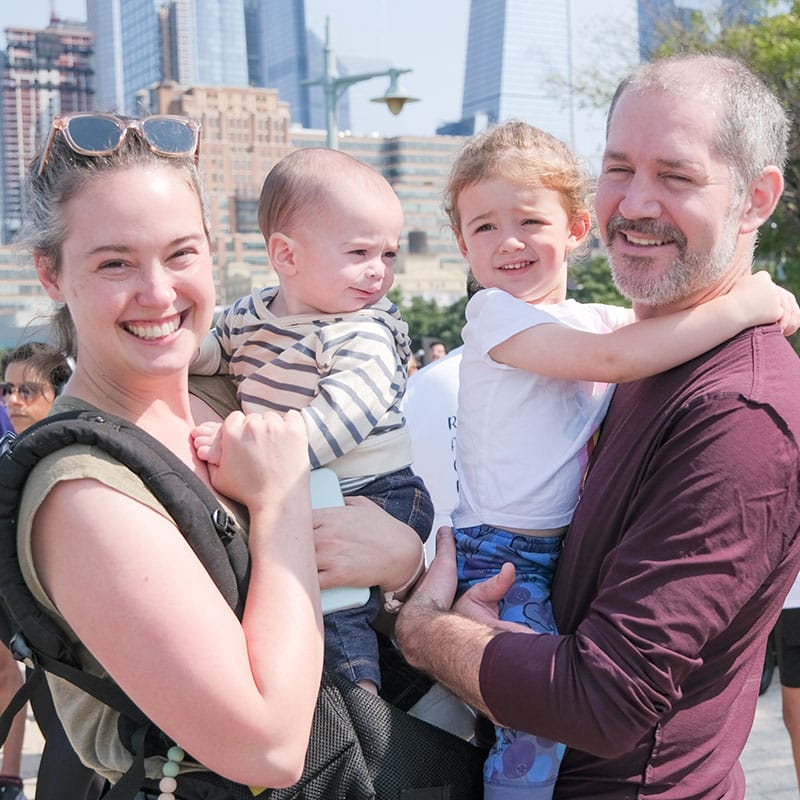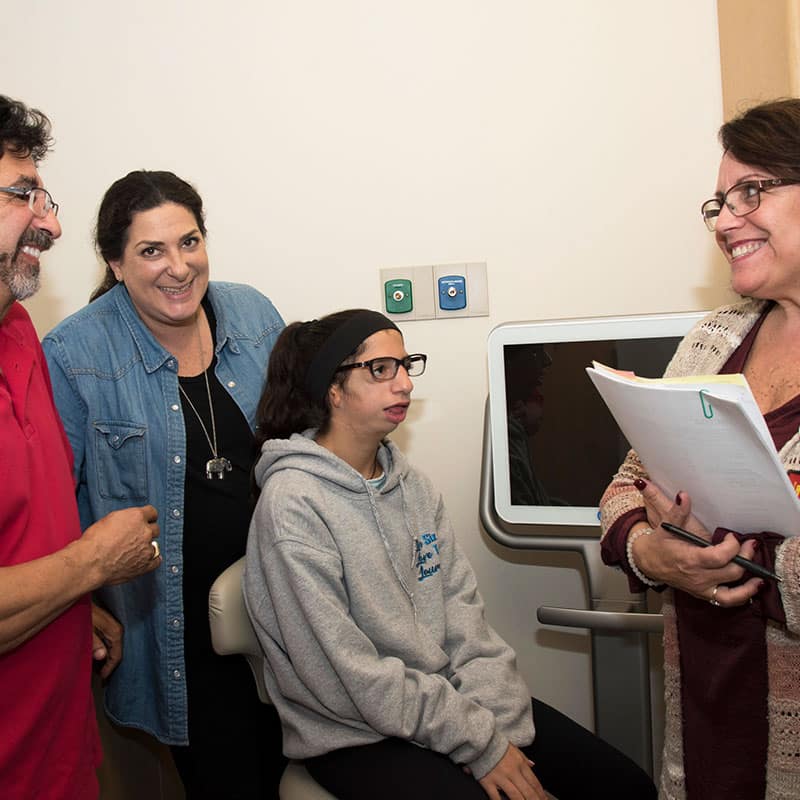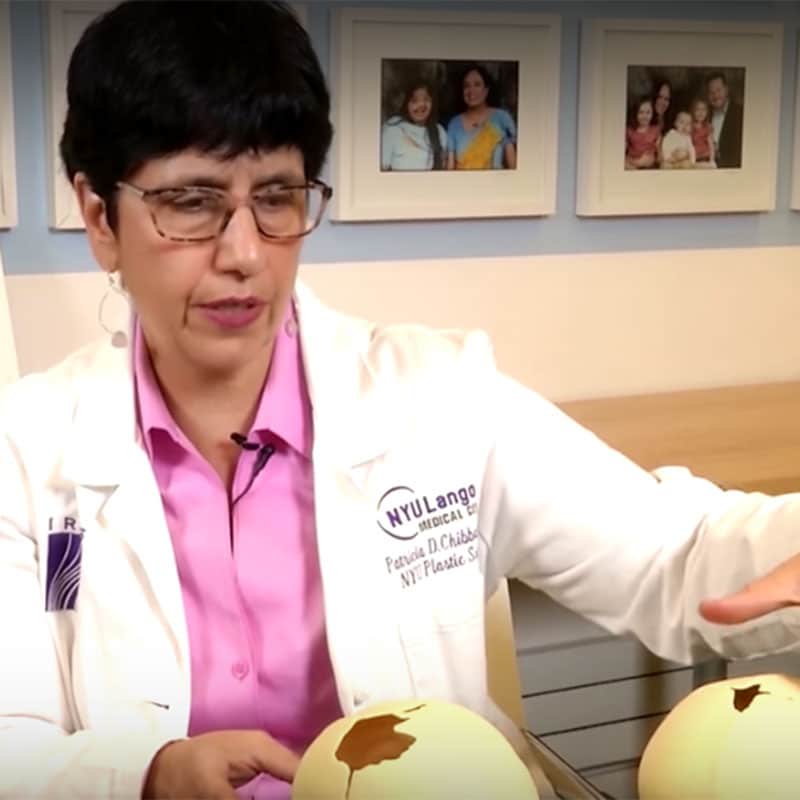By: Rosemarie Barbalace, Social Work Intern, NYU Langone Health
Self care refers to any activities and practices that we engage in on a regular basis to reduce stress, maintain, and enhance our health and well-being. Self care can be any intentional actions that you take to care for your own physical, mental, and emotional health. Of course, we have so much to do, people to take care of, appointments to get to, the list goes on and on…Why should we practice self care?
When we feel depleted, burnt out, angry, overly stressed, our bodies and minds have negative reactions. When we are full of wellness, we can more easily give. This can help us form more positive relationships with ourselves, families, and communities. In essence, self care means that in order to give to others, we must also be the recipient of health and wellness.
On March 28, 2019, some parents of a few myFace superstars joined together for a workshop called “Self Care for Caregivers.” We discussed the two main components of self-care: mindfulness and stress reduction.
Mindfulness is paying attention to our lives, moment by moment, on purpose, in a certain way, and without judgment. We talked about using mindfulness in everyday life, on the go: three minute breathing space meditation, a body scan, chair yoga, noticing your feet on the ground, as well as the simple practice of STOP!
STOP:
S – Stop what you are doing
T – Take a breath
O – Observe how you are feeling
P – Proceed with what you are doing
Some other mindfulness “on the go” tools include: just take three deep diaphragmatic breaths.
How-to: Notice your inhales and exhales. When you breathe in, your belly should be puffing up like a helium-filled balloon. When you breathe out, your stomach should be coming in, towards your spine. Breathe in – puff up your stomach. Breathe out – release, and contract. Many of us do not notice that when we feel anxious,
Some other breathing techniques involve three-part breathing space. Here are the steps:
Put one hand on your stomach, one hand over your heart. Begin to breathe in through your nose….
- Breathe deep into your belly, allowing it to expand.
- Keep breathing in, bring the breath up to your chest, feel your chest rise and expand
- Sip in a little bit more air, fill yourself with as much breath as possible.
Finally, release slowly. When breathing out, open your mouth and push the breath out, as though you are fogging up a window with the air.
Stress Reduction: Stress is a natural reaction in your central nervous system that impacts the functioning of your brain. Reducing stress helps elevate mood, boost your immune system, and it creates space for more productivity. One quick and easy way to practice stress reduction is through aromatherapy. The National Association for Holistic Aromatherapy defines aromatherapy as “the therapeutic application or the medical use of aromatic substances for holistic healing.” Essential oils provide not only a wonderful scent, but also can help with respiratory, decongestion, and provide psychological benefits, allowing for a gentle, yet holistic, form of self care.
Candles, massages, doing something alone everyday, whether that’s going to a birthday party alone or going to get some coffee alone, and finally, making the decision to either ask someone for help, such as a family member or friend, or, if possible, hire someone to do the laundry, clean the apartment, or have the groceries delivered. Reaching out for assistance can take a huge weight off of your shoulders. Some other forms of stress reduction might include getting more sleep, keeping a diary, indulging in a spiritual practice, and physical activity. There currently exists several apps for stress reduction, mindfulness, and self care: SHINE, Insight Timer, and Headspace are just a few.
“Sometimes, healing consists of sitting in coffee shops and writing the years from your mind. Sometimes healing is laughing until you cry, it is kissing your friends faces and being moved and inspired by your life. And sometimes, healing is rest, it is hiding from the world, it is having everything inside of you be still and quiet and eerily bare. Sometimes healing feels like nothing at all, like you are a silhouette of hope and hurt at the same time. Do not fight it. Whatever your healing looks like today, whatever it consists of – just allow it to be what it is. Just take care of yourself.” – Bianca Sparacino
Overall, we recognize that developing a practice of daily self care is a journey – there will be ups and downs. Journaling can help you track your progress. What works for you? What does not? Your self care practice might look different from season to season, and that’s okay.
— Rosemarie Barbalace, Social Work Intern, NYU Langone Health

